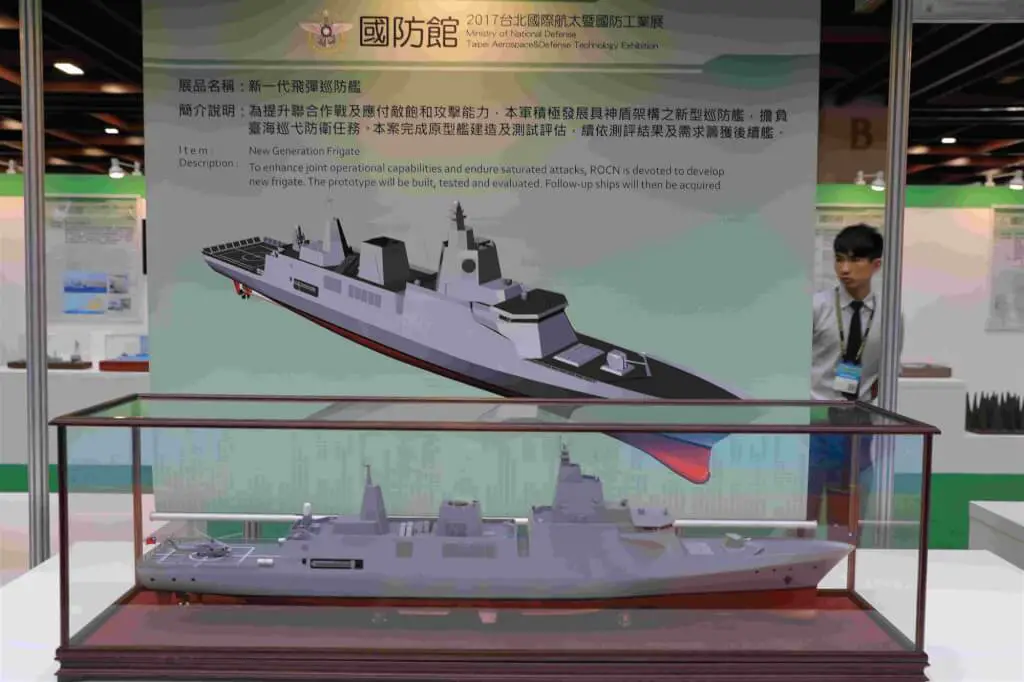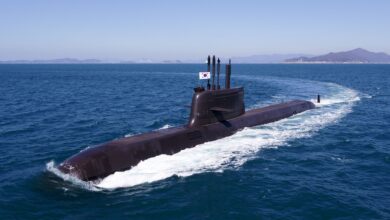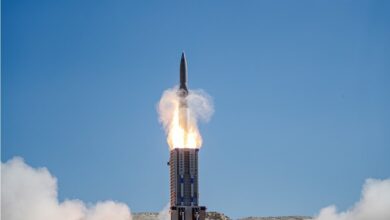Taiwan Revives Indigenous Frigate Program Featuring US-Made Radar
The Taiwanese Navy has resumed the construction of a new class of indigenous guided missile frigate featuring a US-made radar system.
Efforts to develop the 4,500-metric ton frigate were halted in 2021 following multiple design changes. Its budget was then redirected to the construction of two lighter frigates.
But according to a high-ranking government official, Taipei has revived the program and agreed to major design changes to meet the defensive needs of the Taiwan Strait.
From the planned 4,500 in 2016, the new warship will now displace more than 6,000 metric tons.
It will be equipped with Lockheed Martin’s AN/SPY-7 active phased array radar system instead of the previously planned passive radar system
Considering the changes, the Taiwanese frigate is now expected to keep pace with international shipbuilding standards, matching other modern warships.
Enhanced Air Defense
Regarded as one of America’s most advanced radar systems, the AN/SPY-7 is built to detect and track advanced aerial threats with high precision.
It is compatible with many weapon systems, increasing its ability to engage multiple targets simultaneously with proven interceptors.
The system includes an open architecture design, making it easily configurable to suit the needs of various warships.
In Taiwan’s new frigate, the AN/SPY-7 will work alongside Huayang vertical launch systems and Sea Bow III missiles, enhancing the fleet’s air defense capabilities.
Apart from the Taiwanese vessel, the Lockheed Martin radar is operational in other naval warships, including the 6,100-ton Spanish F110 frigate, the 7,800-ton Canadian Surface Combatant, and the 8,200-ton Japanese destroyer Haguro.












